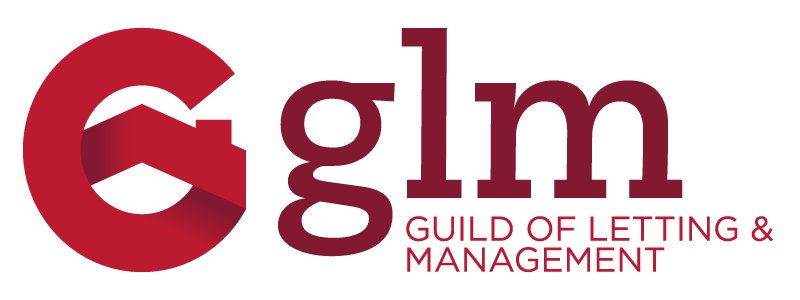Pesky Pests in Rental Properties
Under the Housing Health and Safety Rating System (HHSRS) the causes of pest infestation and the impact on the tenant is high on the agenda and is one of the 29 Hazards. Health hazards due to poor design, layout and construction can make it hard for the occupant to keep the property clean and hygienic, and as a result pests can be attracted.
The HHSRS takes into consideration the following: -
Access into and harbourage within the dwelling for pests
Insect infestation (e.g., cockroaches) and infections (spread by insects and rats and mice)
Access into and harbourage within the dwelling for pests
Inadequate and unhygienic provision for storage and disposal of household waste.
Inadequately stored/accumulated refuse allowing access for insects, rodents, pests, birds, squirrels, foxes
Service ducts and holes around pipes e.g., central heating harbour insects and provide access between dwellings in blocks
Access to open drains by rodents
Access for rodents by means of ill-fitting doors and windows
Uneven and/or cracked internal walls and/or ceilings allowing access for pests
Missing/damaged brickwork including airbricks to external walls and other disrepair to external walls and roof
Therefore, it is up to the landlord to ensure that the property is fit for human habitation.
Where does the responsibility for pests lie when pests appear?
The answer to this question is - sometimes, no, maybe. In most cases, the landlord has a legal responsibility to deal with pest control in their occupied properties. This means that a landlord should engage the services of a pest controller to investigate the infestation of the pest in question who will report back to the landlord with their findings.
The pest controller can then put into action the necessary work to eradicate pests which includes, but is not limited to setting humane traps, applying treatments, filling up holes, and most important of all explaining to the tenant what needs to be done to prevent the pests from coming back.
Failure to Act
If the landlord refuses to deal with the infestation, tenants can seek assistance from the local authority who can provide them with support from a pest control service. Furthermore, the council can present the landlord with an enforcement notice and charge the landlord for all professional treatment, legal and administration costs to deal with the matter.
And what about the Tenant?
Although, the landlord is legally responsible to rid the property of the infestation of pests, tenants can also be liable for the controlling pests. For example, if tenants caused the pests to be attracted to the property, leaving rubbish to pile up in the kitchen and not disposing of refuse correctly. It is important for the tenant to familiarise themselves with the terms of the tenancy and understand what their obligations are to ensure that they do not commit Voluntary or Permissive Waste. They should also act in a “tenant like-manner” remembering to clean, remove refuse, keep the exterior (especially bin storage) free from refuse and rubbish.
